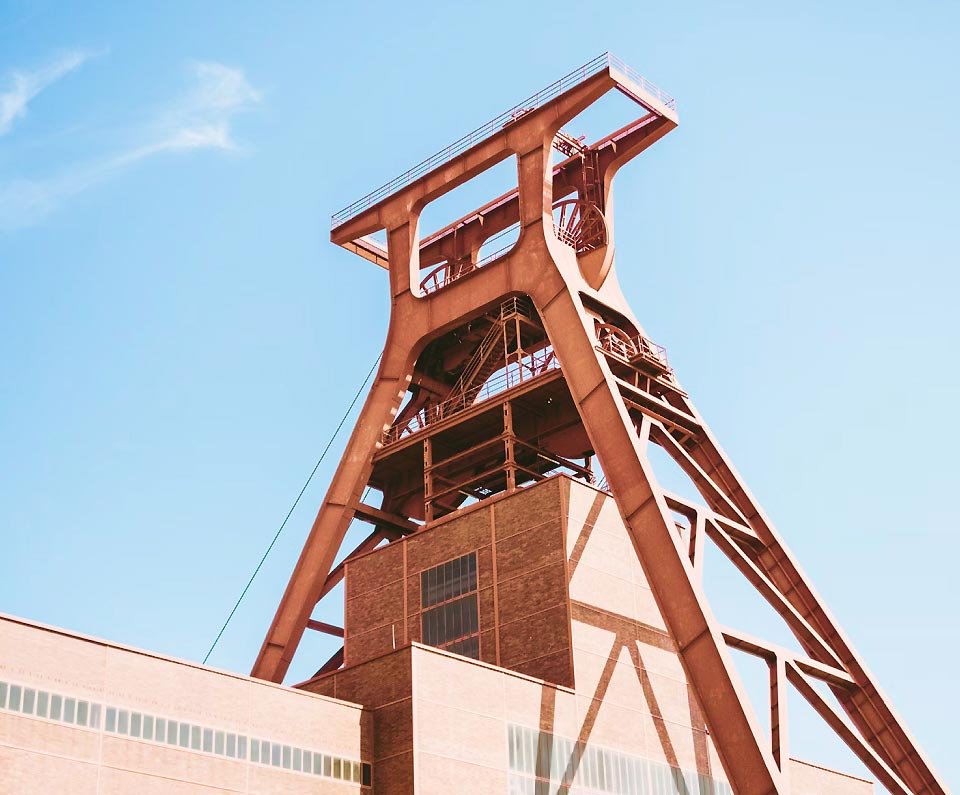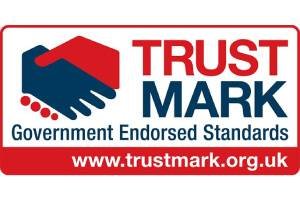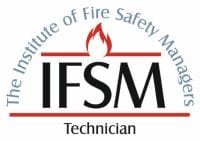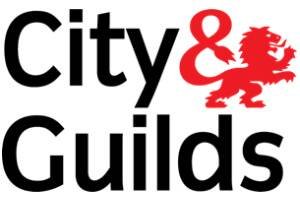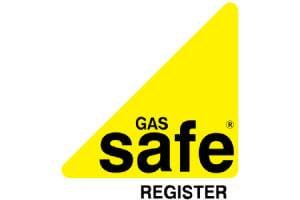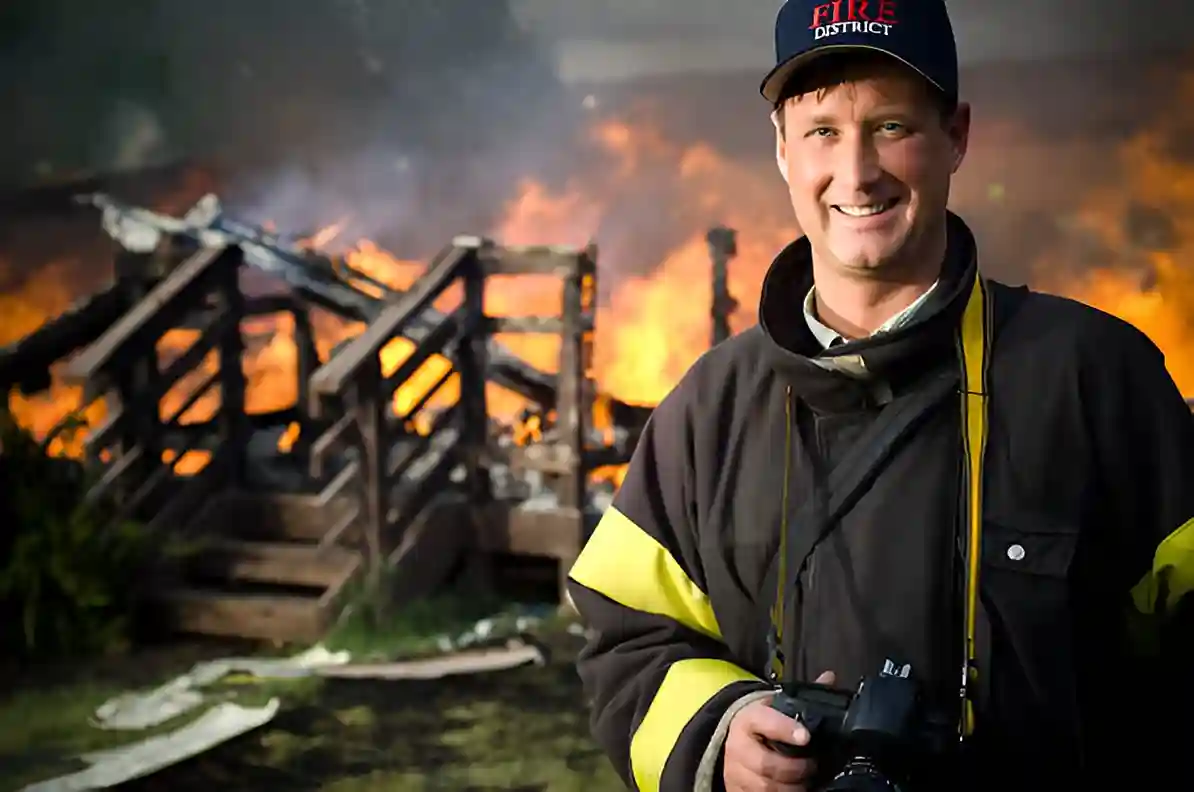
Introduction to Fire Safety London
London is one of the most vibrant and densely populated cities in the world, but its unique blend of historic buildings, modern developments, and high-rise residential blocks presents a complex challenge when it comes to fire safety. Fires can spread quickly in older properties that were not designed with today’s safety standards in mind, while newer skyscrapers must accommodate large numbers of people in confined vertical spaces. Add to this the sheer volume of businesses, schools, hospitals, restaurants, and public venues across the capital, and the importance of carrying out a fire risk assessment London becomes clear.
A fire risk assessment is not just a bureaucratic exercise. It is a life-saving tool that helps property owners and businesses protect people, reduce financial loss, and comply with strict legal duties. For Londoners, where property values are high and reputational risks are significant, neglecting fire safety can be devastating. This guide explores everything you need to know about fire risk assessment London, from what they involve to the laws that govern them, the costs, the benefits, and why they are more crucial here than almost anywhere else in the UK.
What Is a Fire Risk Assessment London?
At its core, a fire risk assessment London is a structured review of a building to determine possible risks, analyse the level of danger and recommend practical measures to reduce or eliminate danger. It examines not only the building itself but also how it is used, who occupies it, and how well-prepared those occupants would be if a fire broke out.
A typical assessment considers:
- Sources of ignition, such as electrical faults, open flames, or heating equipment.
- Sources of fuel, including paper, wood, furniture, fabrics, or flammable liquids.
- People at risk, from employees and tenants to vulnerable groups like children or the elderly.
- Preventive measures in place, such as fire alarms, extinguishers, escape routes, and training.
The assessor records these findings in a detailed written report. This document is not optional; it must be available for inspection by the London Fire Brigade or local authorities if requested. Unlike a one-time survey, a fire risk assessment London is meant to be dynamic. It evolves as the building or its usage changes, ensuring that safety standards keep pace with real-world risks.
Difference Between Fire Safety Audits and Fire Risk Assessments
It is worth clarifying that a fire risk assessment is not the same as a fire safety audit. An audit, often carried out by enforcement bodies like the London Fire Brigade, is a compliance check to see whether your fire safety measures meet legal requirements. A fire risk assessment London, on the other hand, is proactive. It identifies problems before they become violations or risks, giving you the chance to address them early. In practice, many London businesses and landlords arrange regular fire risk assessments specifically to avoid negative outcomes during audits.
The Legal Framework Governing Fire Risk Assessment London
Fire safety in the UK is regulated by several pieces of legislation, but in London, the rules are enforced with particular rigour, given the city’s density and history of fire incidents.
The Regulatory Reform (Fire Safety) Order 2005
The most important law is the Regulatory Reform (Fire Safety) Order 2005, which applies to all non-domestic premises, including workplaces, communal areas of residential blocks, and public buildings. The Order places legal responsibility on the “responsible person”, usually the employer, landlord, or property manager, to ensure that a fire risk assessment is carried out and regularly updated.
The Fire Safety Act 2021 and Building Safety Act 2022
Following the Grenfell Tower tragedy in 2017, fire safety laws in London were tightened further. The Fire Safety Act 2021 clarified that risk assessments must cover external walls and cladding, while the Building Safety Act 2022 introduced new obligations for high-rise residential blocks, including stricter reporting and safety case reviews. For landlords and managing agents in London, this means fire risk assessments are no longer limited to internal risks but must also account for building materials and structural features.
Enforcement by the London Fire Brigade
The London Fire Brigade is the enforcing authority. Its officers have the power to inspect buildings, review fire risk assessment London, and issue enforcement or prohibition notices if serious deficiencies are found. In some cases, failure to comply has led to heavy fines and even criminal prosecutions. In a city as closely watched as London, non-compliance can quickly escalate into not just legal consequences but also reputational damage in the public eye.
Who Needs a Fire Risk Assessment London?
The law is clear: if you own, manage, or are responsible for a building in London where people work, live, or visit, you almost certainly need a fire risk assessment London.
Businesses and Commercial Premises
From offices in Canary Wharf to retail stores on Oxford Street, all business premises must comply. Restaurants, pubs, nightclubs, and theatres, particularly common in Soho, Camden, and the West End, face heightened scrutiny due to high occupancy and potential fire dangers from kitchens or stage equipment.
Residential Landlords and HMO Owners
Landlords of flats, especially in Houses in Multiple Occupation (HMOs), must ensure that communal areas have a current fire risk assessment London. In London, where shared housing is common, this requirement is especially relevant. High-rise blocks and converted Victorian houses pose unique risks, and assessors often find outdated fire doors or inadequate escape routes in such properties.
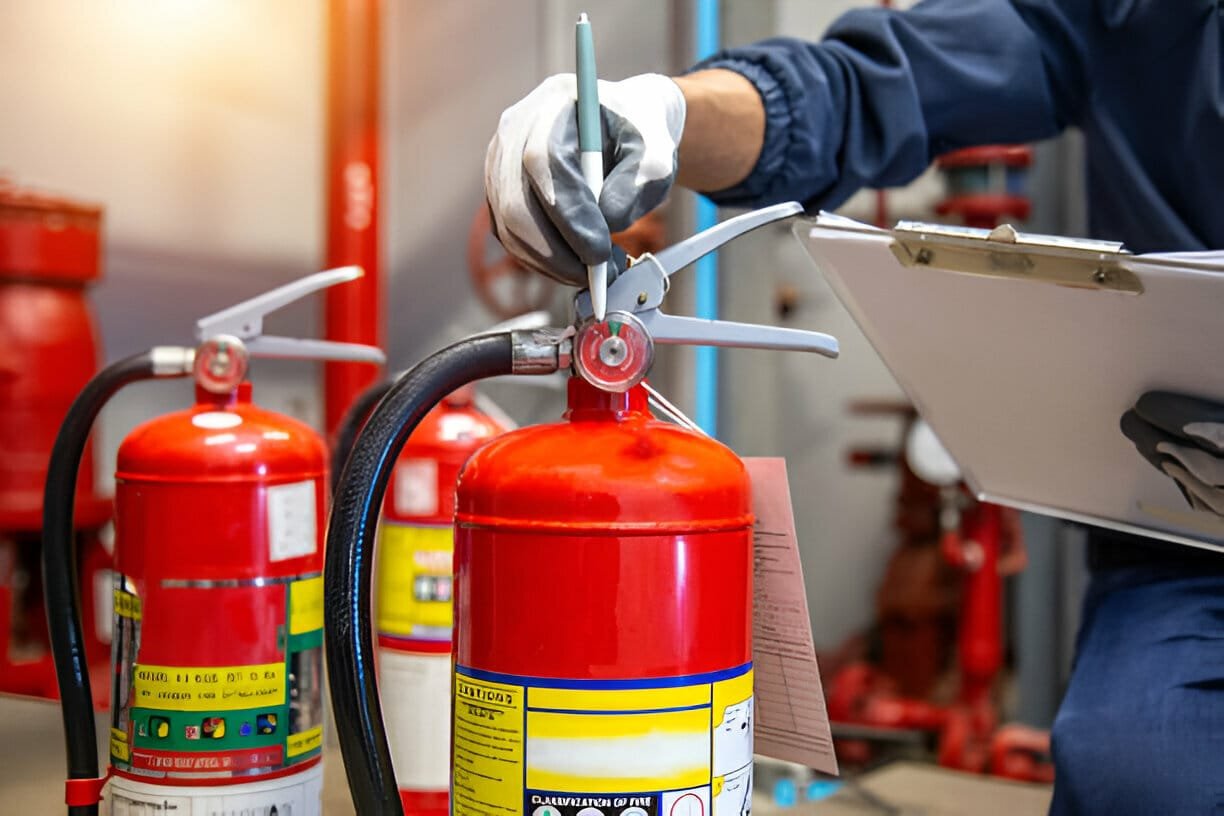
Public Buildings and Institutions
Schools, universities, hospitals, libraries, gyms, and community centres also require assessments. The sheer diversity of London’s public spaces, from historic museums to modern sports facilities, means that each site presents its own fire safety challenges.
The Fire Risk Assessment Process Explained
A professional fire risk assessment London usually follows five structured steps.
- Spotting threats: The assessor inspects the property for ignition sources, combustible materials, and environmental factors that could accelerate a fire. For example, in older London flats, wooden staircases may act as a fire spread route.
- Identifying People at Risk: The focus here is on who could be endangered. Vulnerable groups, such as residents with disabilities or young children in schools, are given special consideration. In high-rise London buildings, safe evacuation of large groups is a major concern.
- Evaluating and Reducing Risks: The assessor evaluates the severity of risks and suggests practical ways to mitigate them. This might involve upgrading alarm systems, installing emergency lighting in basements, or ensuring fire exits are never blocked.
- Recording and Planning: The findings are compiled into a written report that includes both threats identified and recommended actions. This document becomes the foundation of your fire safety strategy.
- Reviewing and Updating: London properties change rapidly, new tenants move in, layouts are altered, or equipment is added. The assessment must therefore be reviewed regularly to stay accurate.
The Role of the Responsible Person
Every building in London that requires a fire risk assessment must have a clearly identified responsible person. This could be a business owner, employer, landlord, or managing agent. Their duties include arranging the assessment, implementing the recommendations, and ensuring ongoing compliance.
Failure to fulfil these responsibilities can result in personal liability. In fact, there have been London cases where directors and landlords were prosecuted for neglecting their fire safety duties. Delegating tasks to competent professionals is possible, but ultimate responsibility always remains with the designated individual.
Common Fire Safety Issues in London Buildings
Despite modern regulations, many London properties still fall short when it comes to fire safety. Some of the most common issues uncovered during risk assessments include:
- Historic buildings with outdated wiring: Many Georgian and Victorian structures across central London were converted into flats or offices without full rewiring, making electrical fires a persistent risk.
- Blocked or poorly maintained escape routes: Narrow staircases in converted houses or cluttered hallways in HMOs often hinder evacuation.
- Lack of emergency lighting: Basements in Soho pubs or underground gyms in East London sometimes lack proper illumination in case of power failure.
- Damaged or missing fire doors: This issue is widespread in older blocks where original doors were replaced without fire-rated materials.
- Insufficient staff training: In hospitality venues and offices alike, staff often have little understanding of evacuation protocols.
Each of these issues not only increases fire risk but also leaves property owners vulnerable to enforcement action by the London Fire Brigade.
Benefits of a Fire Risk Assessment London
Carrying out a fire risk assessment offers a wide range of benefits beyond legal compliance.
First and foremost, it saves lives. London’s high population density means that a fire can threaten dozens or even hundreds of people within minutes. By discovering dangers and planning evacuation routes, assessments ensure occupants have the best possible chance of escaping safely.
Secondly, they protect property and business continuity. A fire can destroy valuable assets and force businesses to close, sometimes permanently. By reducing risk, assessments help safeguard your livelihood.
Thirdly, fire risk assessments are fundamental for insurance compliance. Many insurers require proof of a current assessment, and claims may be denied if a fire occurs in a property without one. In a city where commercial rents and property values are high, this financial safeguard cannot be overstated.
Finally, there is the benefit of peace of mind. Knowing that your building has been professionally assessed and meets legal standards allows landlords and business owners to focus on their core activities without fear of sudden enforcement or disaster.
The Cost of Fire Risk Assessments in London
Costs for fire risk assessments vary, but London properties often fall at the higher end of the scale due to complexity, size, and location.
- Small shops, cafés, or single offices: around £200 to £400.
- Medium-sized offices, restaurants, or HMOs: between £400 to £800.
- Large buildings, high-rises, or mixed-use premises: £1,000 or more.
Factors that influence cost include the number of floors, the complexity of the layout, the number of occupants, and whether specialist risks (like commercial kitchens or dangerous materials) are present.
While some landlords may be tempted to choose the cheapest provider, cutting corners can be risky. Inaccurate or incomplete assessments may fail to discover dangers, leaving you vulnerable to enforcement and endangering lives.
Choosing a Qualified Fire Risk Assessor in London
Not all assessors are equal. Choosing the right professional is crucial. A competent assessor should:
- Have relevant qualifications and be accredited by recognised bodies such as the Institution of Fire Engineers (IFE).
- Demonstrate experience working with the type of property you manage, whether it’s a high-rise block, an HMO, or a commercial venue.
- Provide references or case studies of previous work in London.
- Offer transparent pricing and a clear process for carrying out the assessment.
Red flags to watch out for include assessors unwilling to show credentials, vague cost estimates, or generic “one-size-fits-all” reports. A proper fire risk assessment should be tailored to the specific risks of your property.
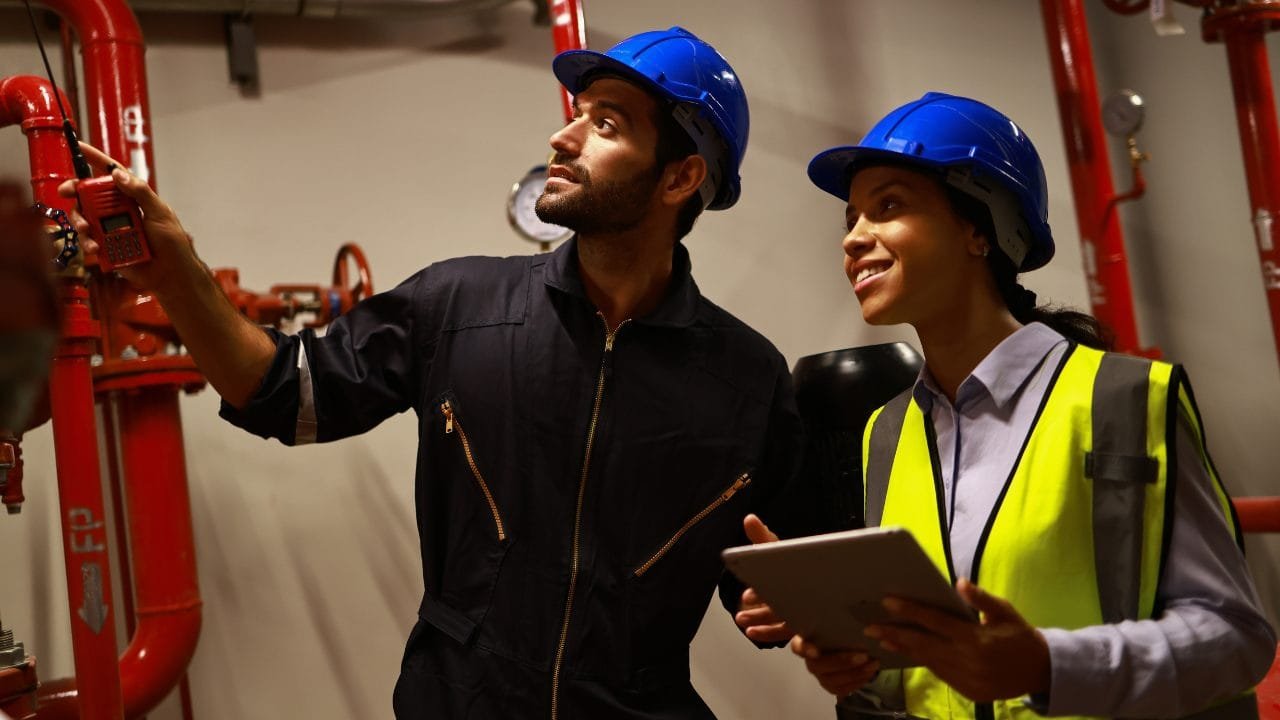
The Role of the London Fire Brigade in Fire Safety
The London Fire Brigade (LFB) plays a central role in enforcing fire safety law. While it does not conduct fire risk assessments for you, it has the authority to:
- Inspect your property and request documentation.
- Issue enforcement notices requiring improvements within a set timeframe.
- Serve prohibition notices, effectively shutting down unsafe buildings until unsafe conditions are addressed.
The LFB also provides guidance and resources for businesses and landlords. Engaging with them proactively, rather than waiting for enforcement, can save both time and money.
Technology and Modern Fire Safety in London
Fire safety in London is increasingly supported by modern technology. Today’s assessments often consider whether properties have:
- Advanced fire alarm systems that detect smoke, heat, and carbon monoxide.
- Emergency lighting that activates during power failures, guiding occupants to exits.
- Sprinkler systems in high-risk buildings which can suppress flames before the fire brigade arrives.
- Digital record-keeping, allowing landlords to track maintenance schedules and risk assessments more effectively.
For high-rise buildings, new technology like evacuation alert systems is being rolled out, giving the fire brigade better tools to manage emergencies.
Consequences of Ignoring Fire Risk Assessment London
Ignoring your fire safety duties in London carries serious consequences:
- Legal penalties: Fines can run into tens of thousands of pounds, and in some cases, prison sentences are imposed.
- Business closure: Prohibition notices can shut down operations instantly.
- Invalid insurance: Insurers may refuse claims if no valid fire risk assessment is in place.
- Loss of reputation: For landlords and businesses in London, reputational damage can be severe, especially in today’s media-driven environment.
- Risks to life: Most importantly, failure to assess and reduce risks endangers real people, staff, tenants, customers, and visitors.
How to Book a Fire Risk Assessment London
Booking is straightforward. The process usually involves:
- Contacting a qualified provider and providing details of your property.
- Arranging a site visit at a convenient time.
- Allowing the assessor to carry out a thorough inspection.
- Receiving a written report detailing the insecure situation and recommended actions.
- Implementing the recommendations and scheduling regular reviews.
Preparing for the assessment involves simple steps like ensuring access to all areas, providing building plans if available, and making records of previous fire safety measures available.
Why Choose Us for Fire Risk Assessment London
We specialise in delivering thorough, compliant landlord fire risk assessment London. Our team has experience with every type of property, from small shops and cafés to large office complexes and residential high-rises. We understand the unique challenges of London buildings, including older structures, high occupancy levels, and complex layouts.
Our approach is transparent:
- Clear pricing with no hidden costs.
- Fast turnaround times, so you stay compliant without delay.
- Tailored recommendations specific to your property.
- Ongoing support, including reminders for annual reviews and assistance with implementing safety measures.
By choosing us, you gain peace of mind knowing that your property is not just compliant but genuinely safe for the people who use it.
Fire risk assessment near me:
Searching for a fire risk assessment near me is the first step to ensuring your property is legally compliant and safe for everyone who lives, works, or visits there. A local fire risk assessor can quickly visit your premises, recognise threats, and provide practical recommendations tailored to your building type and location. Choosing someone nearby not only saves time but also ensures they understand the specific requirements set out by your local fire authority. Whether you’re a landlord, business owner, or property manager, arranging a professional fire risk assessment close to you helps protect lives, safeguard your investment, and give you peace of mind that your responsibilities are being met.
Frequently asked questions.
Conclusion
Fire safety in London is not something to take lightly. With dense populations, historic buildings, high-rise apartments, and busy commercial premises, the risks of fire are both diverse and serious. A fire risk assessment London is more than a box-ticking exercise; it is a legal duty, a safeguard for human life, and a practical way to protect businesses and properties.
By understanding the law, appointing a competent assessor, and carrying out regular reviews, landlords, business owners, and managers can ensure their buildings remain safe, compliant, and insurable. The lessons from past incidents, such as the Grenfell Tower tragedy, make clear that cutting corners is never worth the risk.

